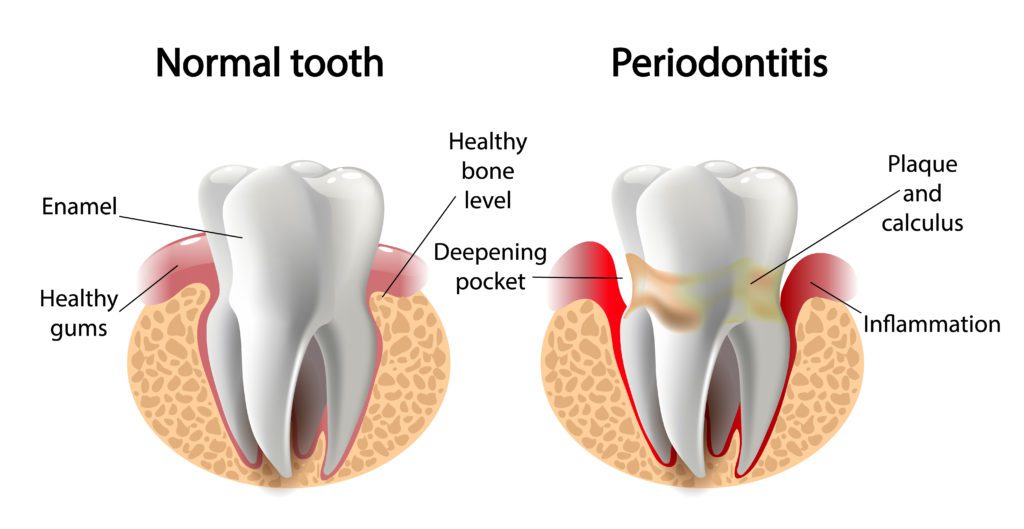Gum Disease
TMJ/TMD Treatment
What is Gum Disease?
The term “periodontics” refers to the prevention, diagnosis, and treatment of diseases affecting the gums. Periodontal disease, also referred to as gum disease, involves bacterial growth (a colorless film called “plaque”) that gradually destroys the tissue surrounding the teeth. If periodontal disease is left untreated, bone and surrounding tissue will decay, resulting in loose teeth, or worse, tooth loss.
By detecting and treating gum disease as early as possible, our Gilbert dentist office can help you avoid the lingering bacterial infections that can lead to tooth loss and other serious complications.

If you have any questions, concerns, or need treatment for periodontal issues, contact our office today to schedule an appointment.